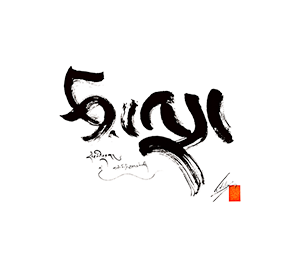Phyir mi ldog pa seng ge'i nga ro
No edit summary |
|||
| Line 6: | Line 6: | ||
{{References}} | {{References}} | ||
|FullTextEnglish=No | |FullTextEnglish=No | ||
|FullTextFrench=No | |||
|FullTextSanskrit=No | |FullTextSanskrit=No | ||
|FullTextTibetan= | |FullTextSktRoman=No | ||
|FullTextTibetan=Yes | |||
|FullTextChinese=No | |FullTextChinese=No | ||
|FullTextPali=No | |FullTextPali=No | ||
Latest revision as of 07:50, 17 September 2020
Description from When the Clouds Part
Though this commentary (JKC) is the one that is used most widely in the Kagyü tradition at present, it is not translated in this volume for two reasons. First, except for its introduction (which incorporates a significant number of passages from BA and GC), JKC is for the most part an almost literal copy of Dölpopa’s commentary on the Uttaratantra.[1] Interestingly, this commentary does not exhibit the strong Shentong approach so familiar from Dölpopa’s major other works (it probably was composed prior to the revelation that lead to the formulation of his Shentong view). Secondly, JKC has already been translated.[2] However, some relevant excerpts from this commentary are incorporated throughout this book. (p. 314)
| Other Titles | ~ theg pa chen po rgyud bla ma'i bstan bcos snying po'i don mngon sum lam gyi bshad srol dang sbyar ba'i rnam par 'grel pa phyir mi ldog pa seng ge'i nga ro ~ theg pa chen po rgyud bla ma'i tshig 'grel |
|---|---|
| Text exists in | ~ Tibetan |
| Literary Genre | ~ Commentary on Words - tshig 'grel |
| Commentary of | ~ RKTST 3363 |


